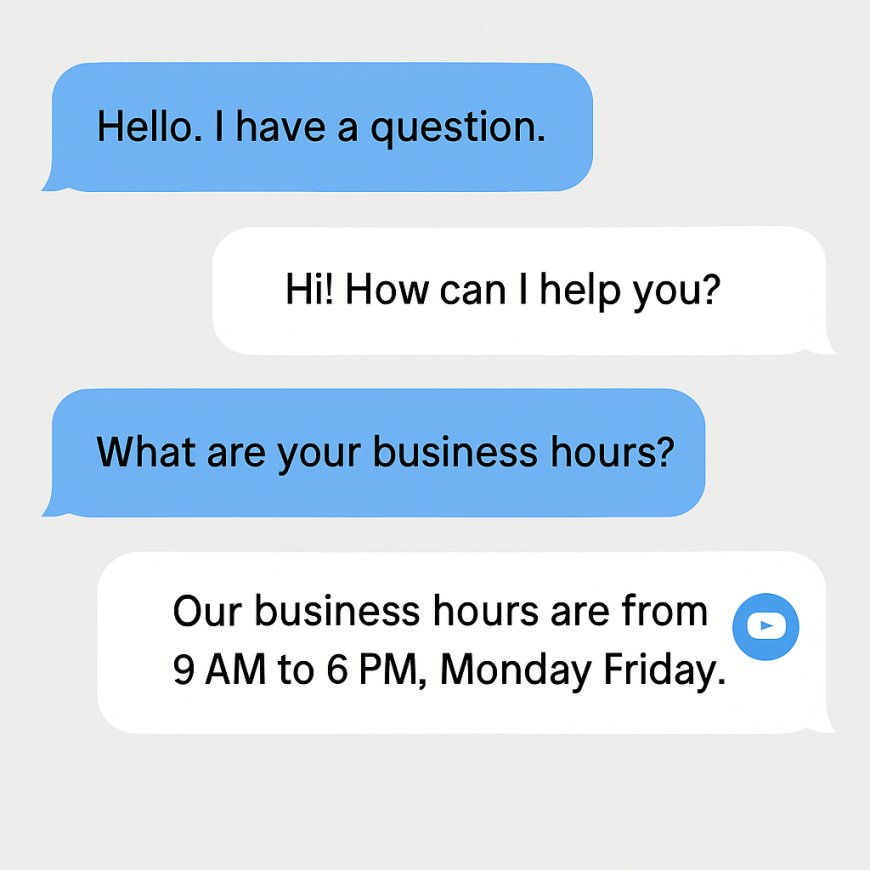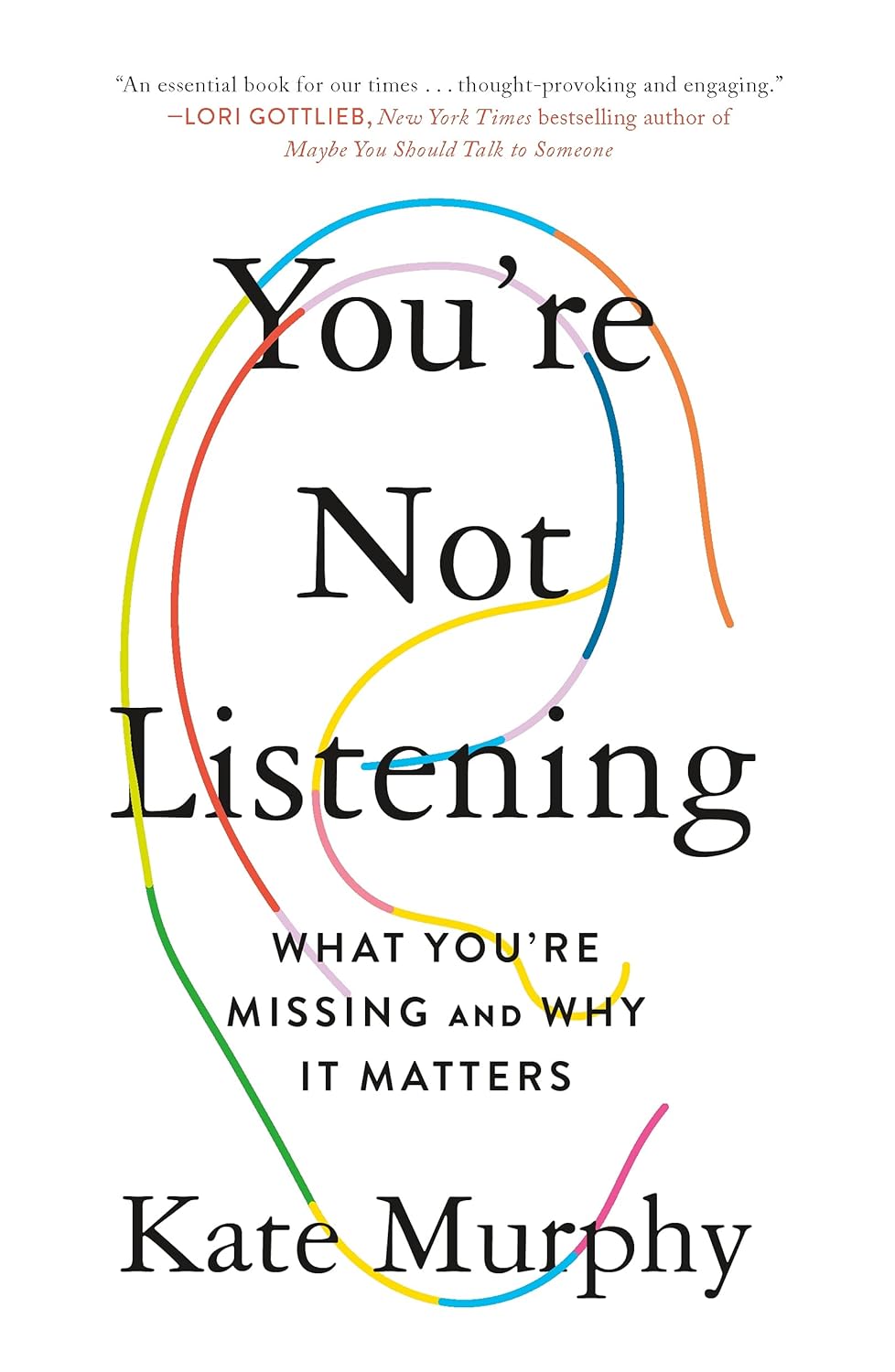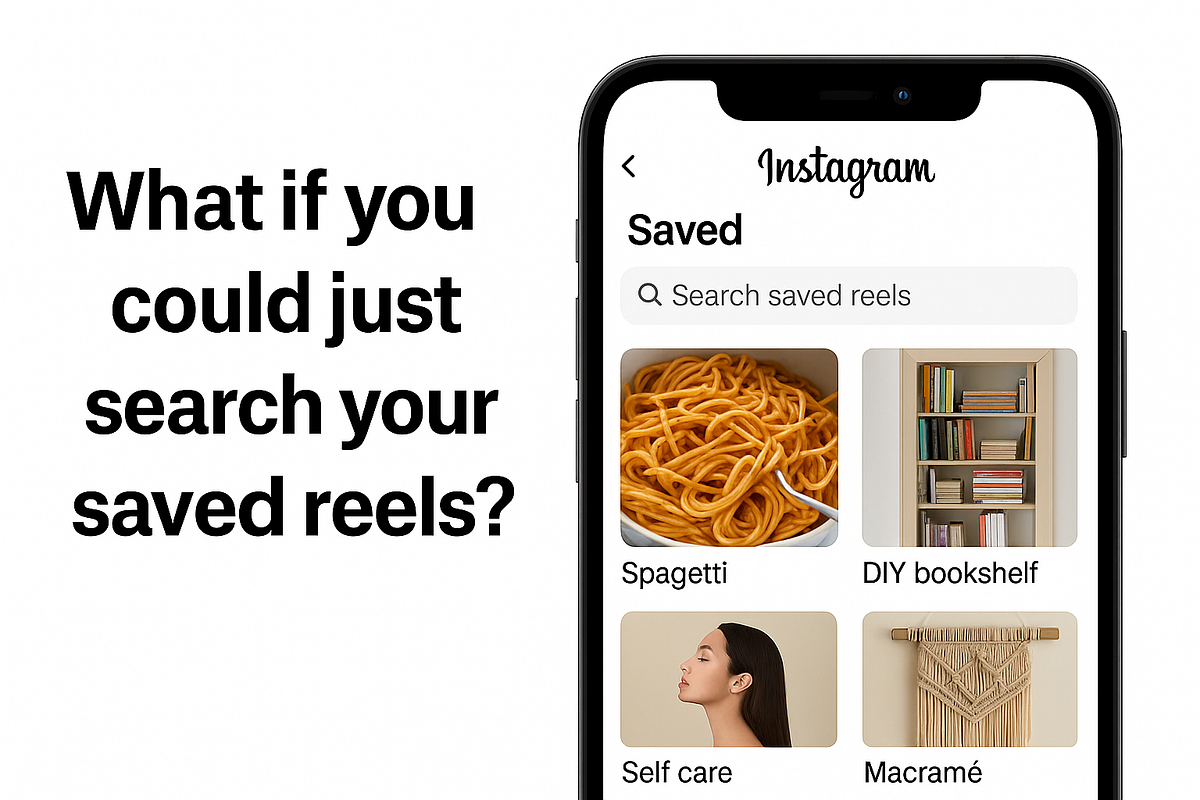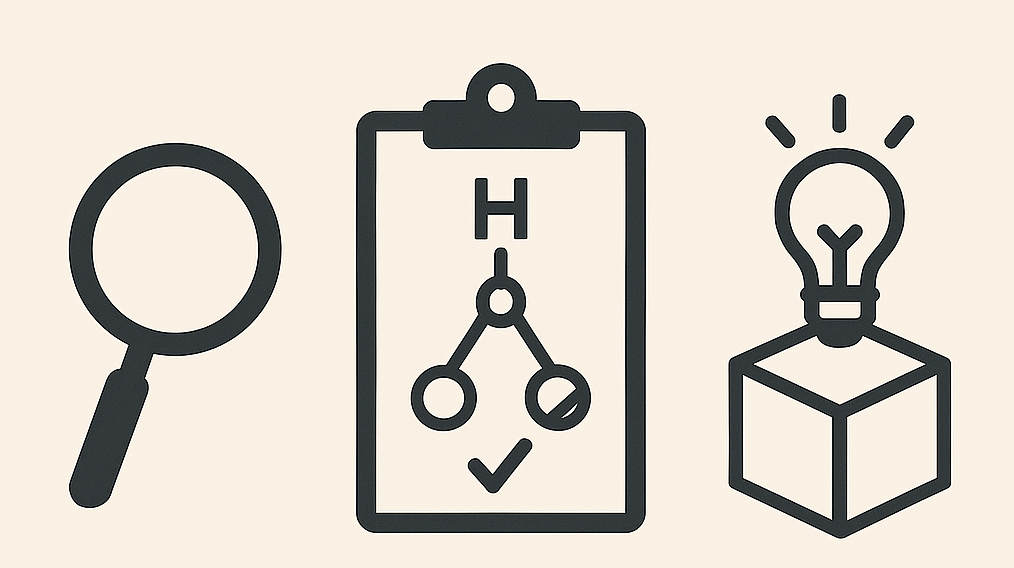Transforming Communication, Learning, and Administration
The education sector is undergoing a digital transformation, accelerated by growing student populations, online learning platforms, and increasing administrative demands. In this context, chatbots for educational institutes are emerging as vital tools to enhance communication, streamline operations, and support personalized learning experiences.
Introduction
The education sector is undergoing a digital transformation, accelerated by growing student populations, online learning platforms, and increasing administrative demands. In this context, chatbots for educational institutes are emerging as vital tools to enhance communication, streamline operations, and support personalized learning experiences.
From automating admissions to answering FAQs and guiding students through academic resources, AI-powered chatbots are changing how schools, colleges, and universities engage with students, faculty, and parents—providing instant, intelligent support 24/7.
What Is a Chatbot for an Educational Institute?
A chatbot for an educational institute is an AI-driven virtual assistant integrated into a website, app, or messaging platform to help automate tasks and facilitate interactions across a campus ecosystem. Using natural language processing (NLP), these bots simulate human-like conversations, allowing students and staff to interact with the institution efficiently.
They can handle inquiries about courses, schedules, fees, deadlines, events, and more—reducing the workload on administrative staff while improving user experience.
Key Benefits of Chatbots in Education
1. 24/7 Student Support
Students often have questions outside business hours—about admission deadlines, course materials, or exam schedules. Chatbots provide real-time responses at any time, eliminating the need to wait for office hours or email replies.
2. Streamlined Admissions Process
Bots can assist with form submissions, eligibility checks, application status updates, and interview scheduling—making the admission journey smoother for prospective students.
3. Enhanced Engagement and Retention
By offering timely reminders, answering academic queries, and delivering updates, chatbots help keep students engaged and on track throughout their learning journey.
4. Reduced Administrative Load
Chatbots can automate repetitive tasks such as timetable distribution, attendance tracking, fee inquiries, and event notifications—freeing up staff to focus on more strategic initiatives.
5. Personalized Learning Support
Some advanced chatbots can deliver customized content, quiz students, or guide them through modules based on their academic performance and learning preferences.
6. Multilingual Support
Chatbots can support multiple languages, enabling inclusive communication for international students or diverse regional audiences.
Common Use Cases for Educational Chatbots
-
Pre-Admission Inquiries: Answering questions about courses, fee structures, eligibility, and important dates.
-
Onboarding Support: Guiding new students through enrollment steps, campus navigation, and documentation.
-
Academic Support: Sharing syllabi, lecture notes, schedules, assignment deadlines, and exam preparation tips.
-
Event Management: Sending reminders for seminars, workshops, and other academic events.
-
Parent Interaction: Offering real-time updates on student performance, attendance, and institutional news.
-
Feedback Collection: Automatically gathering feedback from students and parents to improve services.
Popular Platforms Offering Educational Chatbots
1. Kuki (Pandorabots)
A conversational AI platform that educational institutions can use to create custom bots for academic interaction and FAQ support.
2. IBM Watson Assistant
A robust, AI-powered tool that can be tailored for schools and universities to handle complex queries and integrate with databases.
3. Tars
Offers customizable chatbot templates specifically designed for educational services like admissions, counseling, and course guides.
4. Admission Bot
A chatbot tool specifically built for managing student queries related to the admission process, course selection, and fee payments.
5. Yellow.ai
Provides no-code chatbot solutions with multi-language support, great for scaling communication in large educational institutes.
Implementation Considerations
While deploying a chatbot in an educational setting, institutions should consider:
-
Privacy and Security: Ensure compliance with data protection laws (like GDPR or FERPA) when handling student records.
-
Scalability: The bot should be able to handle thousands of simultaneous users, especially during peak periods like admissions or exams.
-
Integration Capabilities: The chatbot should connect seamlessly with learning management systems (LMS), student information systems (SIS), and CRMs.
-
Ease of Use: A friendly, intuitive interface ensures greater adoption by students and faculty alike.
-
Human Handoff: Complex or emotional queries should be routed to live agents to maintain quality support.
Challenges and Limitations
Despite their benefits, chatbots in education come with a few challenges:
-
Limited Emotional Intelligence: They may not handle sensitive issues (like mental health or academic stress) with the empathy a human advisor can offer.
-
Dependence on Training Data: The quality of chatbot responses heavily depends on how well it is trained with accurate and comprehensive data.
-
Language and Tone: Misunderstandings can occur if the bot misinterprets slang or poorly structured queries from students.
To address these challenges, many institutions adopt hybrid models, combining AI chatbots with human support teams.
Future Trends
As educational chatbots continue to evolve, we can expect:
-
Voice-activated learning assistants
-
AI-driven tutoring bots
-
Integration with AR/VR platforms for immersive learning
-
Predictive support based on student behavior analytics
These innovations promise not just operational efficiency but also deeper personalization and accessibility in education.
Conclusion
Chatbots for educational institutes represent a significant advancement in how institutions engage, support, and educate their students. From automating administrative tasks to offering real-time academic assistance, these tools are redefining the campus experience.
As student expectations continue to shift toward digital-first solutions, integrating a well-designed chatbot can enhance learning outcomes, improve operational efficiency, and elevate institutional reputation. For educational institutions aiming to stay ahead in the digital era, adopting chatbot technology is no longer optional—it’s strategic.
































































![https //g.co/recover for help [1-866-719-1006]](https://newsquo.com/uploads/images/202506/image_430x256_684949454da3e.jpg)

























![How Smart PMs Scale Their Careers in Any Org [TPG Live Recap]](https://tpgblog.com/wp-content/uploads/2025/06/2025-06-12-thumbnail-action.png?#)




















































